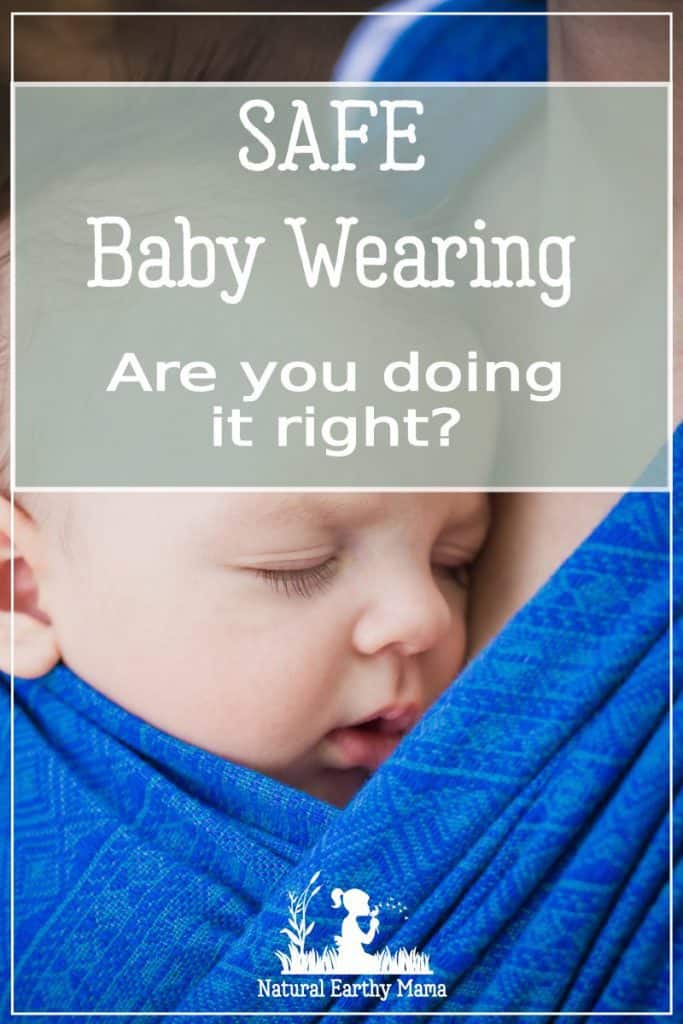 There has been some controversy over the safety of baby slings, in light of 3 babies dying while being in baby slings in Australia. There is a safe way to babywear, and an unsafe way. Below are some tips to ensure you are not putting your baby at risk, these can be remembered by the acronym T.I.C.K.S:
There has been some controversy over the safety of baby slings, in light of 3 babies dying while being in baby slings in Australia. There is a safe way to babywear, and an unsafe way. Below are some tips to ensure you are not putting your baby at risk, these can be remembered by the acronym T.I.C.K.S:
TIGHT
Slings and carriers should be tight enough to hug your baby close to you as this will be most comfortable for you both.
Please read: This information is provided for educational purposes only and is not intended to treat, diagnose or prevent any disease. We encourage you to make your own health care decisions in partnership with a qualified health care professional.
This post contains affiliate links, this means at no extra cost to you, we make a commission from sales. Please read
our Disclosure Statement
Any slack/loose fabric will allow your baby to slump down in the carrier which can hinder their breathing and pull on your back.
Make sure the sling you buy fits you well, and if you and your partner are very different sizes, you may find you need two different carriers. If you are using a Boba or Moby style wrap or a Didymos-style woven wrap, practice well before leaving the house, to ensure you know how to do it firmly before you start carrying baby in it.
IN VIEW AT ALL TIMES
You should always be able to see your baby’s face by simply glancing down.
The fabric of a sling or carrier should not close around them so you have to open it to check on them. In a cradle position your baby should face upwards not be turned in towards your body.
CLOSE ENOUGH TO KISS
Your baby’s head should be as close to your chin as is comfortable. By tipping your head forward you should be able to kiss your baby on the head or forehead.
KEEP CHIN OFF THE CHEST
A baby should never be curled so their chin is forced onto their chest as this can restrict their breathing. Ensure there is always a space of at least a finger width under your baby’s chin.
SUPPORTED BACK
In an upright carry a baby should be held comfortably close to the wearer so their back is supported in its natural position and their tummy and chest are against you.
If a sling is too loose they can slump which can partially close their airway. (This can be tested by placing a hand on your baby’s back and pressing gently – they should not uncurl or move closer to you.)
A baby in a cradle carry in a pouch or ring sling should be positioned carefully with their bottom in the deepest part so the sling does not fold them in half pressing their chin to their chest.
Baby wearing was a life saver for us with a colicky and unsettled baby, and it is also amazing for parents chasing toddlers while trying to settle a baby. It is so simple to make sure you are doing it safely. If your current carrier is not able to fulfill these requirements, for the safety of your baby, please look into a better, safer carrier.
Don’t become a very sad, very avoidable statistic. We love SAFE baby wearing!




